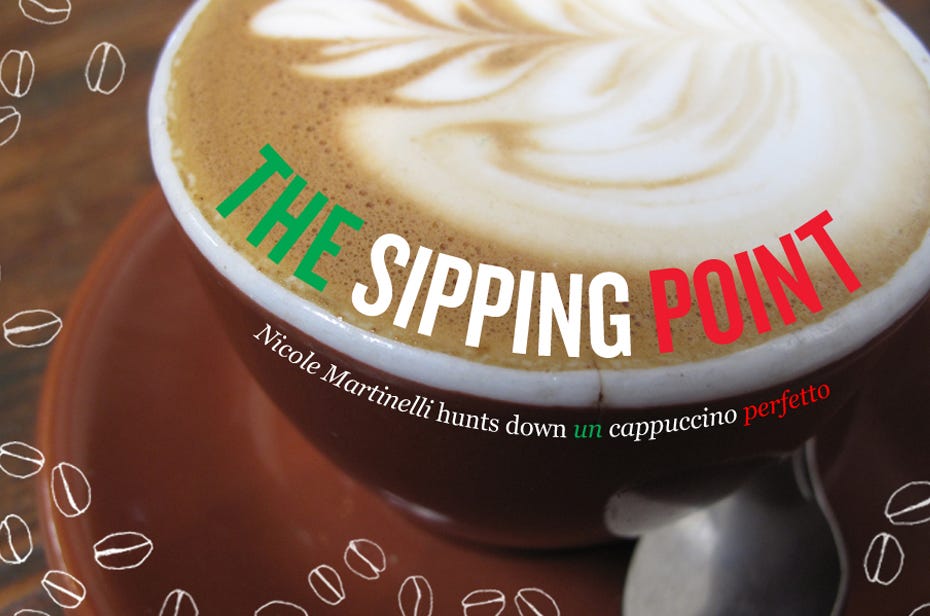
By Nicole Martinelli
It’s a challenge to find a simple, workaday cappuccino like I used to get at The Happy Bar in Milan. At that cramped, ill-lit cafe you’d belly up to a high granite counter and swirl your drink while griping about last night’s Inter match with Enrico the barista. His cappuccino was reliably good: an espresso topped with a generous dose of compact but plush, frothy milk served tepid, no need for sugar
Of course, as we all know, San Francisco has recently experienced a brewed awakening; there are now plenty of superb coffees and innovative coffee drinks available. When I left San Francisco to live in Italy, some North Beach cafés were still improvising with half-and-half to make cappuccinos and other latte drinks because most milk found here isn’t fatty enough. Now, chances are you can find a nearby café employing the excellent Barista Milk from the Straus Family Creamery in Marshall — the red label whole-milk version packs the plumpest wallop.
The trouble is I’ve also come across more than a few places that slam three shots of espresso that inevitably sear a tunnel through a thick, Styrofoam-like wall of tasteless milk in half-liter paper cups. The espresso — bitter, incendiary — never makes its promised communion with the obstinate marshmallow foam, which clings to the cup and can only be coaxed into your mouth with a spoon, if you remember to pick one up on your way out. Bah.
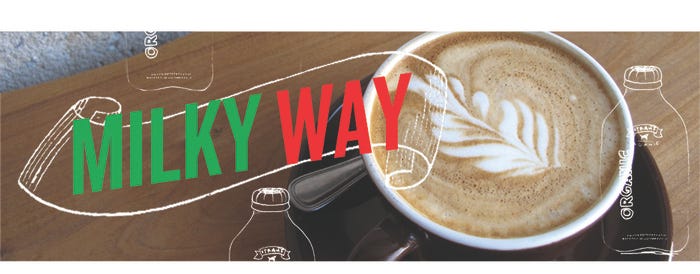
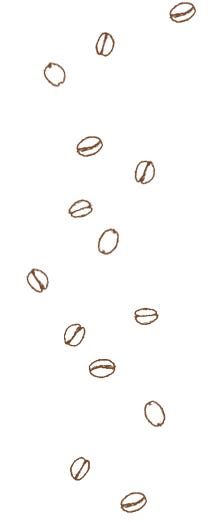
Giorgio Milos sympathizes. He strides out of tiny storefront Prima Cosa Caffe flexing his hands with pleasure. “It’s good to get back on the machine, like driving a Ferrari,” he tells me. Giorgio is an Italian Master Barista, the honorific bestowed by his employer Illy. He admires the creativity of U.S. coffee culture but admits he “doesn’t get” why Americans drink coffee while walking or why they use soymilk, period.
I’m here to learn how to make a textbook, Italian-style cappuccino. The ideal cappuccio, as Italians call it for short, is a harmonious union of one shot of loamy espresso tempered with velvety, frothed whole milk. It is best served in a ceramic cup to conserve heat. Expressive cappuccino art is appreciated, but not essential. Dusting with bitter cocoa powder is good, but optional. Amen.
First, Giorgio puts a ceramic cappuccino cup on top of the espresso maker to warm it. Then he makes an espresso: We’re using a Francis Francis X6 Trio home machine, a straightforward, push-button affair. Now it’s my turn. To avoid watering down the milk, he tells me to open the steam valve to let out a tablespoon or two of water. Then I pour a generous cup of whole milk into a metal frothing pitcher. I’m advised to keep one hand under the pitcher during frothing to test the temperature — when it’s too hot to hold (but not scalding), the milk is ready.
Next, he positions the tip of the steamer wand so it’s covered by milk and slightly off center, leaving the milk to flow in a circle around it. The machine starts making a happy gurgle that means morning at a café in Italy and then, as the milk starts to rise, he instructs me to lower the wand and keep moving the milk in a circle. This vortex is what keeps those large, soap bubbles from forming — we’re after tight, nearly nose-tickling micro-bubbles. Again, when the pitcher is too hot to hold, I take the wand out. Then he tells me to knock the pitcher bottom a few times on the counter to kill any remaining big bubbles. He pours the espresso in, layering the milk over it, and with a few flicks of the wrist, guides me into making swirls with the coffee to form a leaf pattern. Ecco: un cappuccino perfetto.
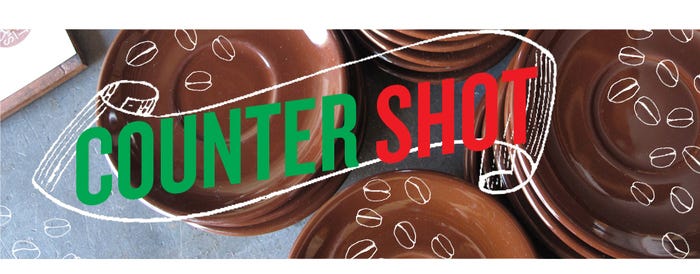
My demitasse cup runneth over with pleasure. For a few caffeine-accelerated heartbeats, I consider stalking Giorgio. Then I remember his girlfriend is a former barista who presides over their home machine. Who could compete?
So I turn to other Italians here in the city for suggestions about where to get my fix. Wandering aimlessly around North Beach, I call Rome-transplant Roberto, who directs me to Cavalli Caffe, a small, dark storefront wedged into Chinatown. I’m ciao-ciaoing to him when I hear the guy standing outside greet me with “ salve .” He follows me in — it’s Fabio from Naples, who turns out to be the barista.
I order a cappuccino, wonder whether Fabio is growing out a mullet or a Mohawk, and ask about the drinks list. It includes a few interesting hybrids like a macchiacao (macchiato dusted with bitter cocoa powder) and a macchiatone (midway between a short caffè macchiato and full cappuccino). “We’ve had to adapt some drinks and sizes to suit local tastes,” he says, though the macchiacao was made on request from a Venetian regular, he adds. Fabio deftly pulls a capp from a Danesi machine and pours it into small fishbowl-shaped cups.
There’s room at the high metal counter to drink it standing up, all’italiana , or you can sit down at mismatched tables. Fabio’s cappuccino is definitely worth the trip: a nice creamy head with low foam melding seamlessly with a strong, bold shot. Though Cavalli sells all manner of Italo-souvenirs (including Bialetti stovetop mokas), the place gets my vote for the Italian café vibe.
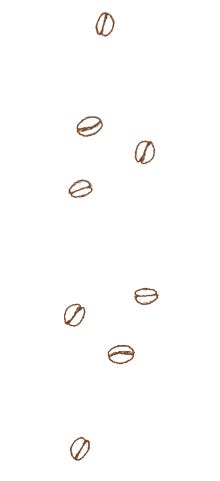
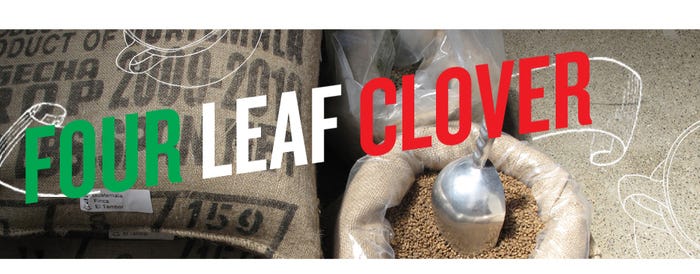
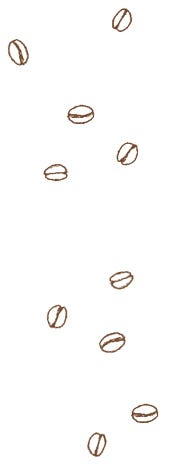
For another opinion, I ask Italophile and former San Francisco resident Amy Ferraris, who went on a thirst-quenching quest similar to mine culminating in a sprightly 2008 documentary called The Perfect Cappuccino . For local italianità , she suggests I head to Ritual Coffee Roasters, Blue Bottle Coffee, Four Barrel Coffee, and Sightglass Coffee. “These places have three of their “Four M’s” similar to Italians ( macchina the machine, miscela the blend, macinatura the grinder, and mano the skilled hand of a barista). They have everything but the miscela . At least that’s what my taste buds think, “ she says.
Sightglass Coffee is still a work in progress, operating out of a chic but drafty storefront with the cavernous café under construction next to it — hopefully finished by summer’s end. But it’s still a great place to get your morning java.
Baristas Heidi and R.J. maneuver a spanking new Slayer machine like an elegant tag team: She deftly orchestrates an espresso shot, he heats the Clover whole organic milk, then fills a warm ceramic cup almost to the brim, layering the milk into a perfect stylized leaf pattern. It’s a heavenly jolt — in part because the house Sumatra-Ethiopian-Guatemala roast is so rich it teeters on the edge of being too strong.
When I express concern about ever sleeping again, R.J. tells me they’re still experimenting with a new in-house roaster — emitting an audible rumbling through a burlap curtain in the adjacent café — so this may not be the final blend. I sit down to enjoy it on the lone wooden bench, chatting with a guy about the perks and perils of having a shock of pink hair (old people are afraid, everyone else considers it a conversation starter). It’s a very San Francisco conversation, but having it over a cappuccino this good reminds me of Milan.
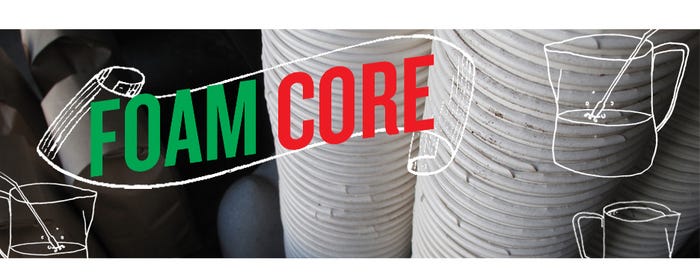
Looking for a buzz closer to home, I remember the Higher Grounds Coffee House in Glen Park. While visiting San Francisco last summer, my friend Kincy showed me around his neighborhood before leaving me to babysit his bossy backyard hens for a week. He took me to Higher Grounds, saying, “This is your espresso place.” Small, dark, and unassuming, it’s better known for quick scrambles and crepes, and while there isn’t a counter to yak over like in an Italian café, it’s small enough that you can join a conversation if you’re so inclined.
I chat in Italian with the owner, Monhal Jweinat, and a few Italian regulars who congregate here — and I appreciate his handiwork on the fire-engine red La Cimbali. Monhal is another expat. He moved from his native Jordan to go to art school Milan in the mid-1970s, and to support himself, he became a barista. His Italian’s still good and his cappuccino is old school: chunky ceramic cups, whole Berkeley Farms milk, strong espresso. The foam and the espresso meet in a top-crease rather than proper cappuccino art but the espresso is assertive and passes my no-need-for-sugar test.
We’re complaining about having no cable and watching Italy’s World Cup match on Telemundo when a guy with a wayward brush cut and skinny jeans interrupts to ask what I’m drinking. An Italian cappuccino, I say without thinking. “Huh,” he says. “I’ll have an Italian cappuccino, too.” Monhal explains the difference between foam and froth and then gives me a tip: To get something in America that is like a cappuccino served in every Italian café from Turin to Trapani, ask for a wet cappuccino. I’ve still got a lot to learn.
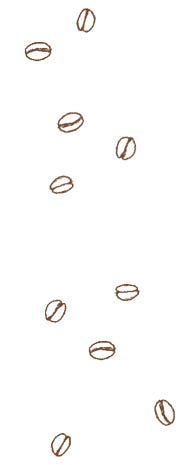

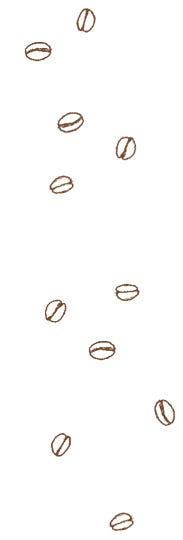
For a little taste of Italy, try imbibing your cappuccino along with the breakfast crowd — before 11 a.m. — and swap a paper cup for a ceramic one. Even if you drink standing at the counter at Cavalli Caffe or Higher Grounds or sit for a sec on the bench at Sightglass, engage in desultory conversation with the barista or another drinker. Your commute probably won’t be much affected, but your mood, and your drink experience, should be vastly improved.
Here are Giorgio Milos’ recipes:
Home-Brewed Cappuccino
Instead of splurging on a machine, try an inexpensive moka — a metal stovetop espresso pot whose basic design hasn’t changed in 80 years. This is how most Italians drink espresso at home. You’ll also need a French press and whole milk.
To make the espresso: Fill a moka pot with cold water — up to the bottom of the valve if there isn’t a water line. Place the filter in the pot, and spoon the coffee into the filter. Don’t pack it, but build a little peak in the center. Clean off any spillage so the top screws on evenly. Place the pot on a stovetop on low heat. Remove when half the top chamber is full or when the flow starts to sputter.
For the froth: Heat the whole milk until it is nearly boiling, then pour it into the French press and pump until frothy. Remember that frothing increases volume dramatically, so a cup of milk should work for two servings. Pour the espresso into large cups, then pour the frothy milk over it.
Caffè Shakerato
Literally “shaken coffee,” Caffè Shakerato is Italy’s version of iced espresso, and super easy to make at home.
You’ll need: Espresso, simple syrup or sugar, ice, and a cocktail shaker. Optional: skim milk, Baileys, or a vanilla liqueur.
Fill the cocktail shaker about half way with ice. Pour in two shots of espresso, half an ounce of simple syrup, and a dash of liqueur. Shake it like you mean it for 15–20 seconds (more if you’re using regular sugar). Strain. Serve in chilled glasses — martini glasses work well. Giorgio recommends using skim milk in cold coffee drinks for better texture.
Design: Sarah Pulver







